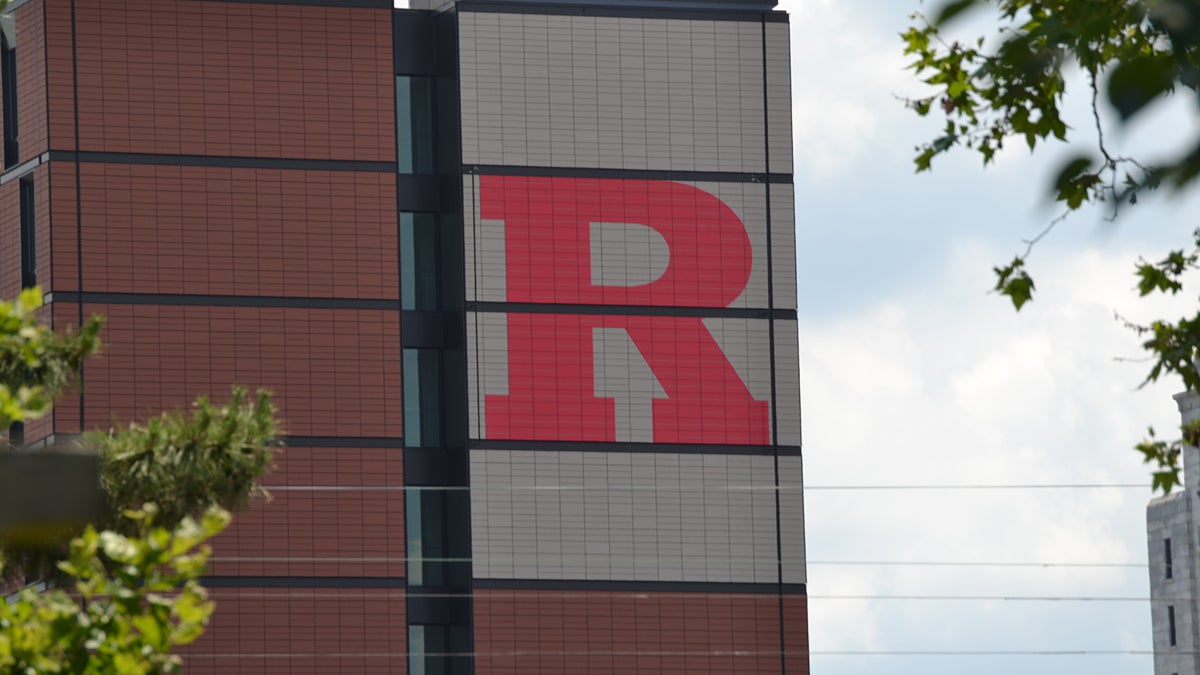For many companies, the past year has highlighted the fragility of their cash flow and working capital. The pandemic, coupled with supply chain disruptions and erratic consumer demand, has wreaked havoc on businesses facing internal and external pressures. Meanwhile, investors have pressured companies to earn higher returns for shareholders. Companies have been rewarded for prioritizing the success of short-term investments, often at the expense of their long-term strategy. And the inventory was caught in the crosshairs.
Companies are not rewarded for maintaining high levels of inventory, from raw materials to work-in-progress (WIP) to finished goods. Rather than maintaining high inventory levels to instill resilience in the supply chain, companies have instead been pushed to maintain low levels; working capital ratios thrive when inventory declines. These short-term gains, however, can set the stage for ruin when assumptions no longer hold.
To avoid this eventuality, companies can learn how to manage their supply chains and, in doing so, improve their overall working capital.
How did we come here?
The Japanese just-in-time (JIT) model adapted from the late 1980s appears to be the epicenter of the problems plaguing the supply chain today. At its core, JIT is a management philosophy that focuses on people, plants, and systems to increase overall efficiency and maintain low inventory levels along the way. It was developed in response to the pressures Toyota faced to remain competitive by reducing waste, improving product quality and increasing production efficiency.
JIT works if companies like the change in dynamics it brings. Regular demand is essential to maintain tighter inventory levels where buffers are reduced. Long-term contracts with suppliers provide essential relationships in the global supply chain network. A harvard business review 1986 article chastised companies for not using this approach. The article argued for increased adoption of the successful business philosophy. More and more companies have started to follow suit.
However, the philosophical aspects of JIT and its nuances have been lost as more and more Western companies cut out pieces of it to fit their business models. CEOs and CFOs failed to study and understand why it worked so well in Japan, and the trade-offs needed to implement it. Instead, companies have focused on reducing inventory as a way to limit waste, shifting their inventory risk to suppliers. This had unintended effects and concentrated the risk on the logistics and distribution sectors of the supply chain and, worse, on the vulnerable working class.
The pandemic has exposed these flaws in the JIT model. Close supplier relationships can work, as long as you don’t place the burden and risk on the logistics and distribution network. Once the pandemic disrupted the constant demand and seasonal cycles on which the model depends, companies found themselves looking for inventory (e.g. raw materials, WIP and finished goods).
Borders were blocked with transport unable to continue due to closures. What good is just-in-time inventory if suppliers can’t guarantee delivery of critical components to manufacturing sites? Shortages of chips, for example, continue to delay the manufacturing of cars, electronics and other consumer goods, as production cannot keep pace with demand.
Factory closures and border restrictions during the pandemic caused delays in the delivery of JIT materials and triggered a ripple effect that grew until supply chains began to unravel . A prime example is the fiasco at the ports of Los Angeles and Long Beach, which still have over 100 container ships awaiting unloading. Inventory remains stuck in transit on water.
Focus on inventory
The past year has shown deteriorating working capital in the retail and manufacturing sectors as Days On Hand (DOH) inventory increases. Inventory levels should be a leading indicator of overall cash flow. Delays in any aspect of inventory limit a company’s profit ability.
The JIT model deserves careful consideration when evaluating working capital. While working capital management should start with inventory management, it shouldn’t rely solely on revenue cuts to “make estimates for Wall Street.”
As business management guru Peter Drucker once said, “If you can’t measure it, you can’t improve it. So instead of disrupting your supply chain with inventory reduction, focus on reduction through a comprehensive program of continuous improvement that allows you to focus on the factors you can control. For example, you can control demand planning through demand fulfillment, using simple digital transformation models.
The digital transformation has democratized regression analysis and forecasting so that you only have to feed historical datasets as a reference. Once the analytical models are run, they can be evaluated using visualization tools to determine the best fit to the data and then provide a reasonable prediction for the future. Without such digital transformation, planning groups are flying blind to understand their true demand and prepare an effective strategy to meet demand for limited supply. They have to accept orders from managers who constantly want to build up inventory and accumulate it, resulting in higher working capital.
Digital transformation also provides analytical tools to determine which accounts are the most profitable and which are the least expensive to service. The analysis can test price elasticity to determine a customer’s price sensitivity and test the potential for future price increases. Each of these metrics can easily be distilled into continuous monitoring via a health check dashboard to show the overall health of the supply chain.
Start with a qualitative diagnosis. It is important to have a factual and validated assessment of the inventory management process. Cover pain points and bottlenecks in the end-to-end sequence of business events. Perform a gap analysis to focus on problem areas. Finally, perform a quantitative measurement. This metric is data-driven and performance-driven. Evaluate key performance indicators and compare supply chain components to those of your peers, so you know where to spend time and effort to bring factors under control. Only then can you create solutions that fit across the entire business supply chain.
Patrick Long is a director at Process and technology practice of Timely LLP.











